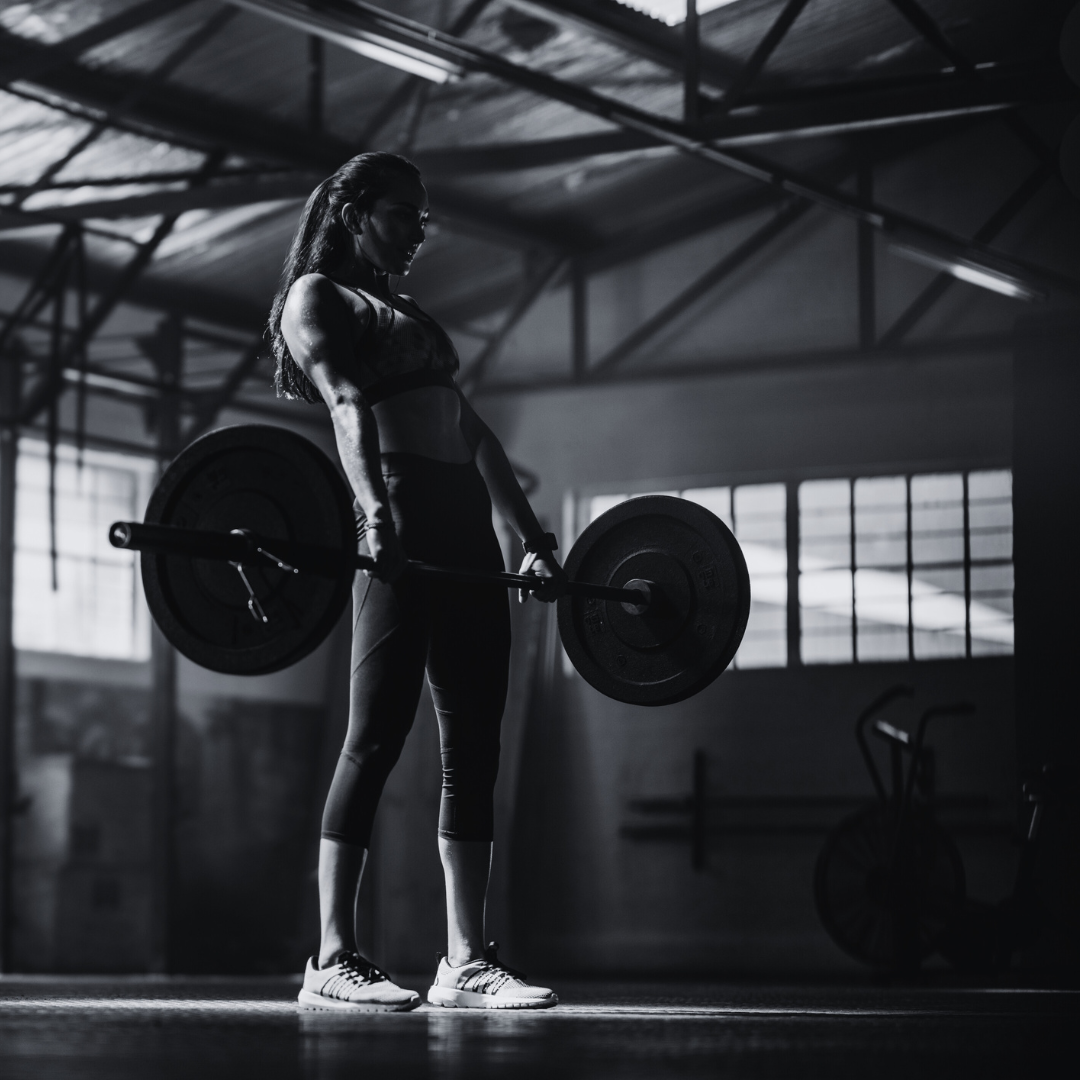If you're serious about lifting, you've probably heard about lever belts. These belts have become increasingly popular among strength enthusiasts due to their incredible support and convenience.
Whether you're a seasoned lifter or just starting out, understanding how to use a lever belt can significantly enhance your lifting experience. In this guide, we'll cover everything you need to know about lever belts and how to make the most of them.
What is a Lever Belt?
A lever belt is a belt designed to provide excellent support to the lower back and core during heavy lifts. Unlike traditional belts with prong buckles, lever belts use a lever mechanism for fastening, allowing for a secure fit with minimal effort. This innovation has made lever belts a preferred choice for powerlifters and bodybuilders.
Advantages of Using a Lever Belt
Enhanced Support
One of the primary benefits of using a lever belt is the superior support it offers. The belt compresses your abdominal cavity, increasing intra-abdominal pressure, which stabilizes the spine and reduces the risk of injury during heavy lifting.
Easy Adjustability
Lever belts are incredibly easy to tighten and release. The lever mechanism provides a secure and consistent fit every time, eliminating the need for frequent adjustments during your workout.
Durability and Reliability
Quality lever belts are typically constructed from sturdy materials like genuine leather, making them durable and long-lasting. They can withstand the rigors of heavy lifting, ensuring they remain a valuable training accessory for years.
How to Put on a Lever Belt
Using a lever belt correctly starts with putting it on properly. Here's a step-by-step guide:
-
Unfasten the Lever: Lift the lever to release the belt.
-
Position the Belt: Place the belt around your waist, positioning it just above your hip bones.
-
Fasten the Lever: Lower the lever and press it down firmly until it clicks into place. Ensure it's snug but not overly tight.
Proper Positioning of the Lever Belt
For optimal support, position the lever belt so that it sits lower on your back, covering your lumbar spine. This ensures the belt supports your lower back and core effectively.
Using a Lever Belt for Squats
Squats are a fundamental exercise and a lever belt can significantly aid your performance. Here are some tips for using a lever belt during squats:
-
Engage Your Core: Before starting the squat, take a deep breath and brace your core against the belt.
-
Maintain Proper Form: Focus on maintaining proper squat form while the belt provides support.
Using a Lever Belt for Deadlifts
Deadlifts place significant stress on your lower back, making a lever belt invaluable. Follow these guidelines when using a lever belt for deadlifts:
-
Set Your Back: Before lifting, ensure your back is in a neutral position and engage your core.
-
Keep the Belt Tight: The belt should be snug to provide maximum support without restricting your movement.
Recommended Lever Lifting Belts
A lever belt can be a game-changer and if you're looking for your next buy, check out our range of lever lifting belts!
The 13mm SBD Lever Belt
The classic SBD Belt. A high quality 13mm lever belt featuring a patented gliding lever, providing the adjustability of a prong belt with the ease and tightness of a lever belt.
Ideal for sizing up or down whenever you need during training sessions and competitions. Perfect for beginners, seasoned lifters and competitive powerlifters.
The 10mm SBD Belt
The 10mm lever belt is constructed using two different cuts of hide to allow the belt to retain support while moulding to your waist.
Featuring a low profile buckle - along with rounded edges and corners - to minimise any obstruction or discomfort from contact between the legs and the belt. This belt is most suited for weight lifters.
Conclusion
Incorporating a lever belt into your lifting routine can provide valuable support and stability, enhancing your overall performance. By choosing the right belt, using it correctly, and maintaining it properly, you can maximize the benefits of this essential lifting accessory.
FAQs
Is a lever belt suitable for all lifting exercises?
Yes, a lever belt can be used for a wide range of lifting exercises, including squats, deadlifts, and bench presses.
Can beginners use a lever belt?
Absolutely. Lever belts are suitable for lifters of all experience levels. They provide valuable support and can help beginners maintain proper form.
What's the difference between a lever belt and a prong belt?
The primary difference is the fastening mechanism. Lever belts use a lever to secure the fit, while prong belts use a metal prong and holes. Lever belts are known for their quick and secure adjustments.
How tight should I fasten my lever belt?
Fasten your lever belt snugly but not excessively tight. It should provide support without restricting your breathing or movement.





